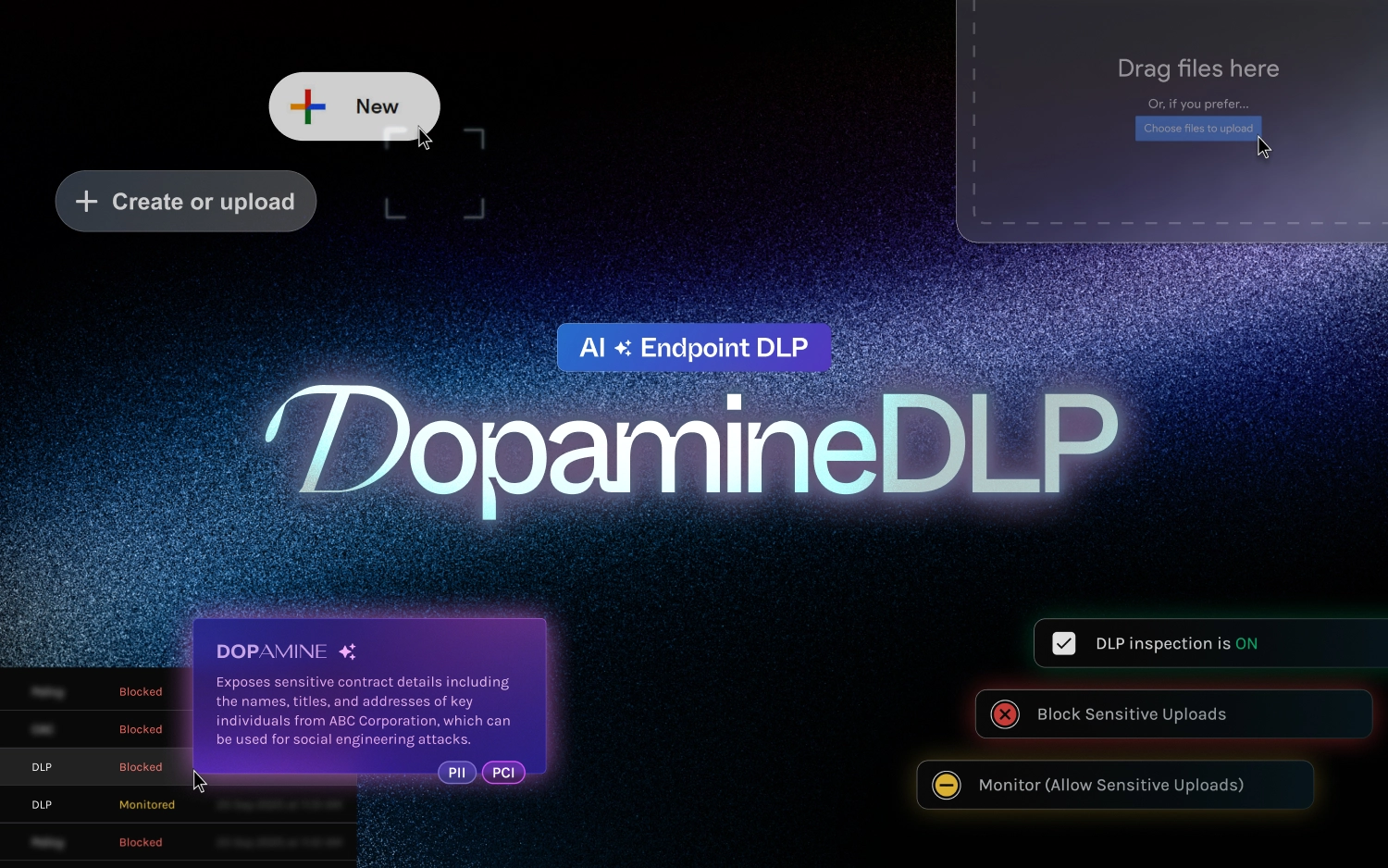Best Secure Web Gateways (SWG) in 2025: Real-World Tests on Speed, Break/Inspect, and Privacy

“Best” is a slippery word in cybersecurity. For one team, it means “the most features in one platform.” Another means “the tool that never gets a help desk ticket.” In 2025, the gap between those two definitions often comes down to how a product moves traffic and what it does to your everyday apps. This guide keeps the evaluation grounded in things humans notice: speed, smooth app behavior, and responsible handling of sensitive data.
What “best” should mean this year
A great SWG should feel invisible. Web pages should load at normal speed, thumbnails should render, and meetings should join without a second thought. When users travel, the experience should remain consistent. Your security admins should have the controls they need without running tunnels or babysitting exception lists, and the whole system should minimize where user and content data go, because data that never leaves is data that can’t leak.
There are credible options across the market. Zscaler remains a staple in global enterprises thanks to its large point-of-presence mesh. Netskope brings a broad Security Service Edge portfolio and mature CASB/DLP features. Cisco Umbrella has deep DNS and cloud-security heritage and is a natural stop for many Cisco-first shops. Cloudflare leans on its enormous edge network, Cato pairs security with WAN capabilities, Microsoft’s web protection is compelling for organizations already standardized with M365— and then there’s dope.security, which takes an endpoint-based approach to SWG so your traffic doesn’t detour through a vendor cloud at all.
The three tests that matter—and how to run them without a lab
Start with speed. Not synthetic benchmarks, human speed. Open a handful of real websites and your favorite SaaS app with the product off, notice how quickly meaningful content appears, then repeat with the product on. If page loads remain within a few percentage points of the baseline and feel the same to your eyes, that’s a strong sign. If spinning wheels linger and banners crawl into place, you’re paying a backhaul tax that comes with many of the legacy vendors mentioned before.
Next, test policy updates. It’s one thing for static policies to allow a fast user experience, but what about when you need to update policies? Sign in to your admin portal and update your URL Filtering and Cloud App Control policies. Allow/Block certain categories, or even turn on Consumer Login for certain Cloud Applications. Click save, and time how long it takes for the new policy to enforce. If your security tool is using a Real Time Instant Policy push, like dope.security, the wait time will be seconds. But if it relies on timed polling, your wait time could be 30–60 minutes.
Finally, go to a cafe or hotel and see if you're able to flawlessly log in to a captive portal and start browsing the internet. For enterprise security, captive portals are where things start to break. Most Secure Web Gateway (SWG) solutions struggle with them because they rely on a stopover proxy architecture. Because dope.security operates directly on the endpoint, there’s no middleman data center hop messing with your connection. Captive portals work exactly as they should.
Cloud-proxy versus endpoint-based, in plain language
Cloud-proxy SWGs route traffic to a provider’s data center for inspection. When you’re near their hubs and peering is excellent, that can feel fine. But it is still a connection. Every extra hop risks delay and lag. An Endpoint-based SWG places the inspection engine on the device, so requests go directly to their destinations without a detour. That architectural choice tends to improve consistency because there are fewer moving parts in the path.
This isn’t to say one model is universally “right.” If you need an all-in-one SSE platform with tight integrations you’ve already standardized on, a cloud-proxy product can be a reasonable fit. If you’re trying to maximize speed, reduce breakage, and keep more data local by default, endpoint-based inspection is hard to beat.
Why dope.security often wins on speed and privacy
Direct flights are faster because they remove a stop. dope.security’s endpoint-based SWG removes the proxy hop entirely, which means less latency, fewer brittle points of failure, and a smaller data exhaust. Policies still enforce what matters—blocking threats, controlling risky actions, and protecting sensitive data—but they do it locally. The result is a browsing experience that feels like the internet you had before you added security, plus the control you need to keep the business safe.











